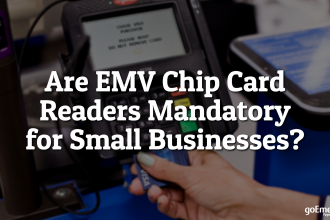If you are considering getting credit card processing set up for your business, whether online or at a brick-and-mortar store, understanding how credit card processing works could help save you money and protect your company from fraudulent transactions. To grasp how it all works, let’s review the basic structures of the payment processing environment.
Merchant Acquirer and Merchant Payment Processor
Although merchant acquirer and merchant payment processor are often used interchangeably, they actually provide two distinct functions.
Merchant acquirer: provides payment acceptance services to merchants and owns the relationship and liability for merchant activity, regulatory requirements, and industry security compliance. It takes on the financial risk in acquiring a merchant’s payment card transactions.
Merchant’s payment processor: is a company that communicates with card issuing banks to authorize and settle payment card transactions. The payment processor manages the back-end of processing payment transactions, which includes transferring merchant funds and managing payment disputes.
In order for everyone to get paid, banks have to send and receive data about every credit card transaction made. Many banks employ the services of credit card payment processors to collect this information from businesses and transmit it to the banks.
Issuing Banks and Acquiring Banks
Issuing banks: issue credit cards to consumers along with a line of credit for purchases or cash advances. They are licensed members of a credit card network. The issuing bank or financial institution is responsible for reimbursing an acquirer for purchases made by the cardholder and then bills the cardholder for the charged amount.
Acquiring banks, in a sense, extend credit to businesses. Issuing and acquiring banks are members of Visa® and MasterCard® card associations (also known as networks or card brands) which allow them to pass transaction information back and forth using the card brands’ network.
Credit card networks (payment brands or associations) are comprised of Visa, MasterCard, American Express® and Discover® and regulate the card acceptance rules and interchange for their member financial institutions.
Interchange makes up the largest portion of credit card processing fees. It is set by the credit card associations and paid to their member banks. Interchange is charged to credit card processors, who pass it along to merchants as part of the discount fee.
Discount fees are charged by a merchant account provider to its clients for processing services, plus interchange and assessments paid directly to the credit card associations and issuing banks.




